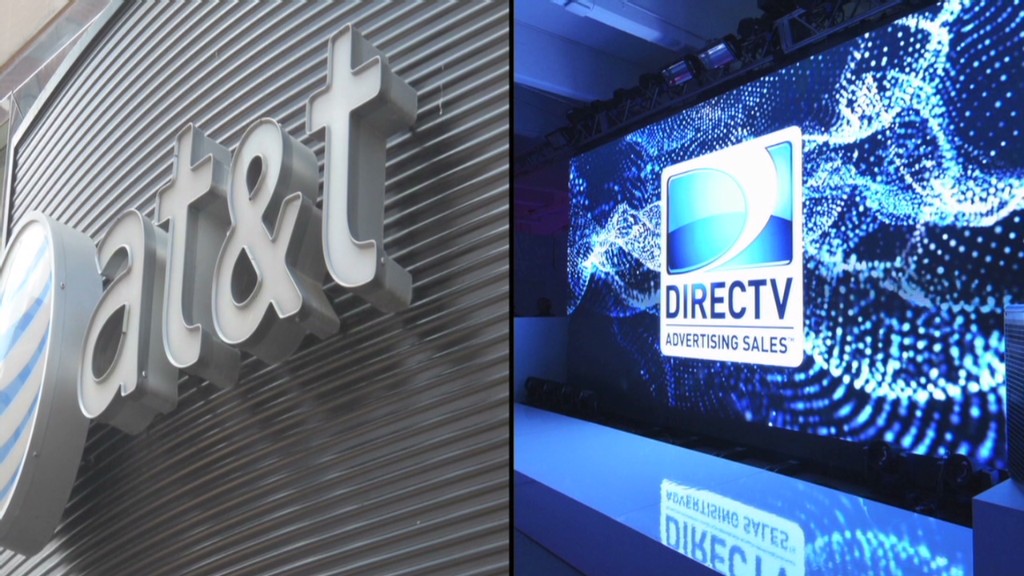When you look at the history of AT&T, you wonder why federal regulators ever bothered to break up the telecom giant.
To tear down a nationwide monopoly, the American Telephone and Telegraph Company was forcibly split into "Baby Bells" in 1984. But most of those have since joined forces once again, forming the AT&T (T) we know today.
Not all the parts made it back into "Ma Bell," though. Several Baby Bells later merged to form Verizon (VZ). One part eventually gave birth to CenturyLink (CTL).
But the vast majority melted back together to form the new AT&T.
The whirlwind began in 1997, when Southwestern Bell Corp. (SBC) merged with fellow Baby Bell Pacific Telesis. Two years later, SBC bought Ameritech, another Baby Bell.
Then, the craziness really started when SBC bought Ma Bell -- its former parent company -- in 2005. The combined company renamed itself AT&T. A year later, the new AT&T bought BellSouth, yet another Baby Bell.
The new AT&T also bought Cingular Wireless in 2006 -- a company jointly run by Baby Bells SBC and BellSouth that had bought the old AT&T Wireless in 2004. Cingular then changed its name to AT&T Mobility.
Got all that?
The merger history of these five Baby Bells is dizzying and better explained visually. Click on the chart above to take a closer look.

Now, AT&T is trying to buy DirecTV for $49 billion, which would be the fourth-biggest telecommunications merger in history.
AT&T already rules over an empire of wireless, landline telephone and fiberoptic cables. If regulators approve the deal, it will get a satellite TV network too -- and control over the content flowing to nearly every screen in our lives.


